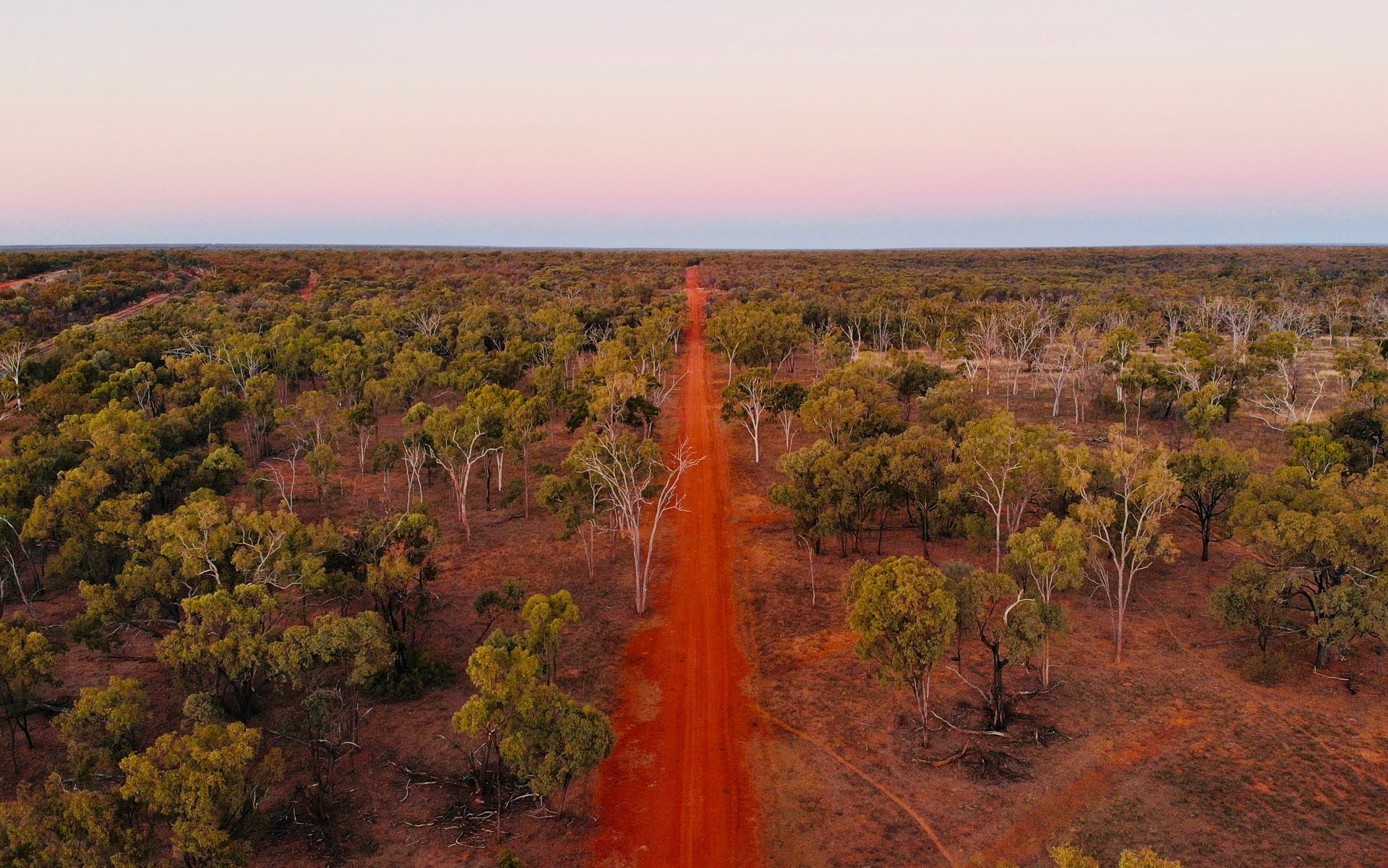What to Wear to a Job Interview: A Modern Guide for Every Role
What to Wear to a Job Interview: A Modern Guide for Every Role
When it comes to interviews, first impressions matter more than most people realise. Research shows we form opinions in just a few seconds—and whether we like it or not, what you wear is a big part of that.
But here’s the catch: the “right” outfit isn’t the same for everyone. What works for an executive role in a boardroom isn’t the same as what feels natural for a geologist, engineer, or field assistant. The trick is simple: dress as smart as (or one level smarter than) the person interviewing you.
Here’s how to get it right, no matter the role.
How to Figure Out the Company Dress Code
One of the easiest mistakes candidates make is guessing what to wear. You don’t need to guess—there are plenty of ways to research the company’s culture before your interview:
- Company Website: Look at the “About Us” or “Team” pages. Often you’ll find photos of staff at events, in the office, or out on site.
- LinkedIn Profiles: Search for people who already work there. Do they post photos in suits, or does everyone seem to be in polos and jeans? This gives you a real-world view of day-to-day attire.
- Facebook / Instagram: Many companies post social photos—Christmas parties, site visits, team BBQs. These are gold for spotting what’s “normal.”
- Ask Your Recruiter (or HR contact): If you’re working with a recruiter, don’t be shy—ask what the expected dress code is. Recruiters usually know and are happy to give guidance.
- Google Images / News: If the company has been featured in the news or industry publications, look at photos of staff or management.
- Office Visit (if possible): If you’ve been invited in before, pay attention to what people were wearing in reception. If not, even glancing in on arrival can give you clues.
Doing this homework takes ten minutes and can save you from showing up in a full suit to an office where everyone’s in chinos—or worse, rocking up too casual to a conservative boardroom.
The “One Level Smarter” Rule
The simplest way to avoid being over or underdressed is to aim for one level smarter than your interviewer.
- If the manager normally wears jeans and a polo, go for chinos and a collared shirt.
- If they’re usually in chinos and a collared shirt, step it up with tailored trousers and a blazer.
- If they wear a full suit, you wear a suit too—but make sure yours is well-fitted and modern, not dated or ill-fitting.
This approach strikes the perfect balance: you won’t look out of place, but you’ll still signal that you’ve made an effort and take the opportunity seriously.
1. Executive & Leadership Roles – Business Formal
If you’re interviewing for an executive, director, or senior management role, formality matters. At this level, your attire is part of the overall package—you’re expected to look polished and authoritative.
For men:
- A tailored suit in navy, charcoal, or black.
- Crisp white or light blue shirt.
- Tie in a conservative colour or subtle pattern.
- Polished leather shoes with a matching belt.
For women:
- A tailored blazer with trousers or a skirt in neutral tones.
- A blouse or structured top (avoid anything too low-cut or casual).
- Closed-toe shoes—pumps or smart flats work well.
- Minimal, tasteful jewellery.
Pro tip: Invest in tailoring. Even the best suit looks average if it doesn’t fit properly. A well-fitted outfit communicates confidence, attention to detail, and professionalism.
2. Mid-Level & Professional Roles – Business Smart
Not every interview calls for a full suit. For mid-level professionals—think engineers, geologists, hydrologists, environmental scientists, project managers, or technical consultants—the goal is to strike a balance between formal and approachable.
This is often called business smart or business casual, and it’s common in technical, consulting, or professional services environments where credibility matters but the culture is not overly corporate.
For men:
- Tailored trousers or chinos in a neutral colour.
- A long-sleeved collared shirt (white, light blue, or soft pattern).
- Optional blazer if you want to lean more formal.
- Polished shoes or smart loafers (avoid sneakers, unless you’re 100% sure they’re acceptable in that workplace).
For women:
- Tailored trousers or skirt with a blouse or smart top.
- A fitted dress with a blazer works well too.
- Flats or low heels are perfectly acceptable.
- Subtle colour or print is fine—just avoid anything too loud or distracting.
Why this works: You’re showing respect for the role without looking “too corporate” for an environment where people might often be in field gear or more practical clothing.
Extra advice for this level:
- Do your research. Check the company’s website, LinkedIn photos, or ask your recruiter for clues about what people wear.
- Stay one notch above. If the team usually wears chinos and polos, wear trousers and a collared shirt. If they’re in shirts and trousers, add a blazer.
- Comfort counts. Make sure your outfit fits well and you can move easily. Interviews are stressful enough without worrying about tight collars or shoes that pinch.
3. Entry-Level, Practical & Field Roles – Smart but Functional
For roles like field assistants, graduate geologists, lab technicians, or site-based environmental staff, wearing a three-piece suit would look out of place. Instead, the goal is to look neat, tidy, and professional while acknowledging the practical nature of the job.
For men and women:
- Clean chinos or neat trousers.
- A collared shirt or blouse—something professional but not overly formal.
- Closed-toe shoes (polished boots are fine if they’re clean).
- Avoid jeans, sneakers, or anything too casual, unless you know the workplace allows them.
Pro tip: Think of it as your “client meeting” outfit. You want to look professional enough for the office, but comfortable and practical enough to suggest you’ll fit in on site too.
4. The Details That Always Matter
No matter what level you’re interviewing at, these finishing touches can make or break an outfit:
- Grooming: Hair neat, nails clean, facial hair trimmed. Avoid overly strong fragrances.
- Accessories: Less is more. A watch, belt, or small piece of jewellery is enough. Avoid anything flashy.
- Fit & comfort: Clothes that fit properly help you relax and project confidence.
- Colours: Stick with neutrals (navy, black, grey, white) with subtle accents. Save bright colours for after you’ve landed the job.
- Cleanliness: Clothes should be ironed, stain-free, and wrinkle-free.
Final Word: Dress for the Job You Want
Dressing well for an interview isn’t about hiding your personality—it’s about showing you respect the opportunity and understand the professional expectations of the role
By aiming to be one level smarter than your interviewer, you’ll never look underprepared—and you’ll send a subtle signal that you’re serious about the job.
Remember: the right outfit won’t get you the role on its own, but it can definitely help!



